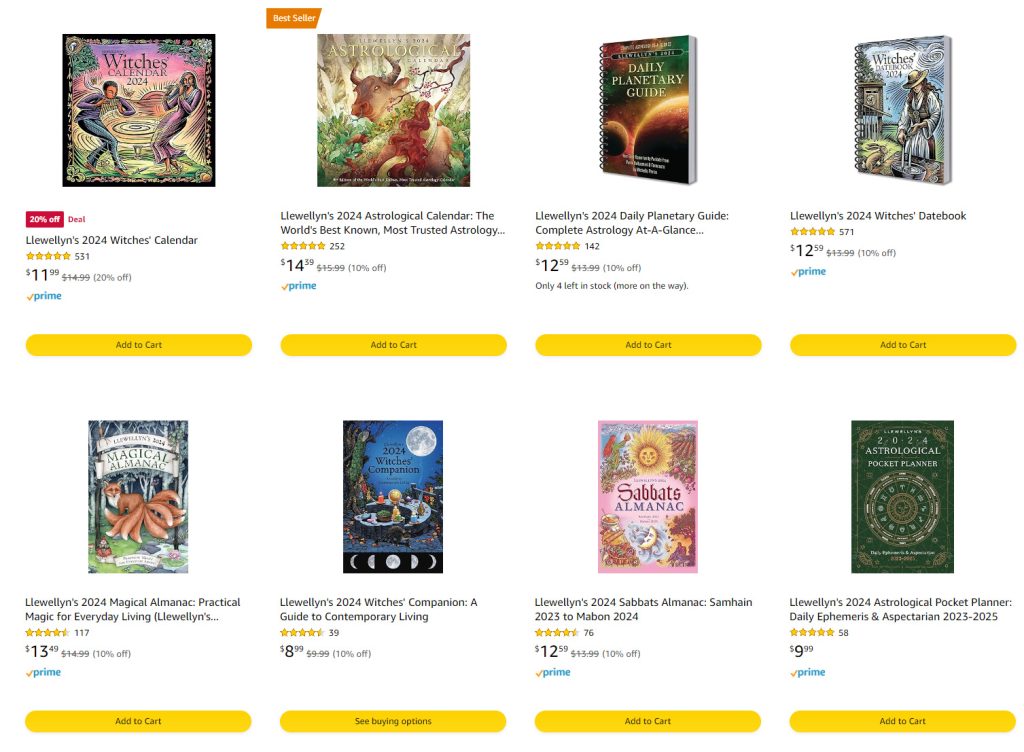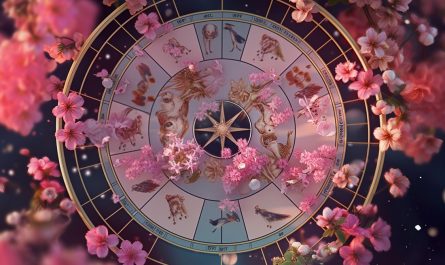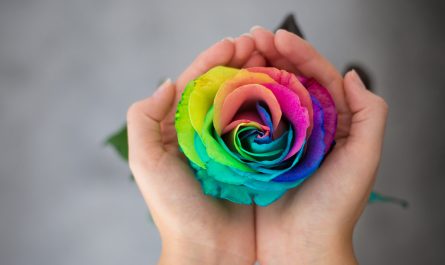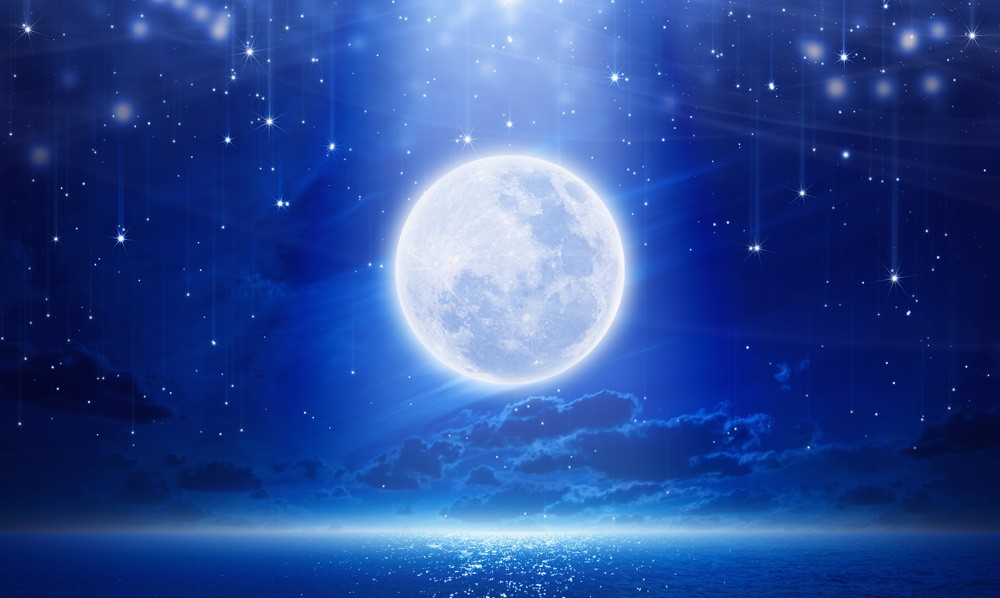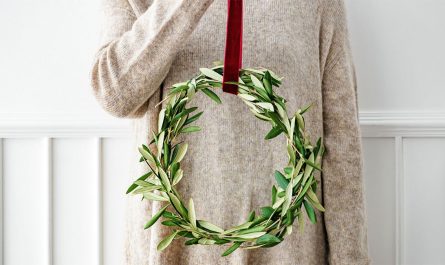Last Updated on May 22, 2025 by Avia
Month of March Meaning and Symbolism: Much of the mystery about March meaning and symbolism is solved when we learn the month is named after Mars. Martius, the moniker for Mars is actually the original term for the month of March in Roman calendars.
Table of Contents
Mars and March
So what’s the big deal about Mars, and why is it associated with March? A paramount god of war to the Roman Empire – an empire structured upon many ardent ideas like: Conquest, Heroism, Battle. Fighting for country, kin and emperor equates to standing resolute to a way of life. And so, Mars is the icon of these fiercely proud, patriotic and heroic qualities. See symbolic meaning of the god Mars here.

“March on. Do not tarry.
To go forward is to move toward perfection.”
~Kahlil Gibran
Originally, Martius (March) was the very first month of the Roman calendar. Symbolically, we can make sense of the arrangement. In their geographical region, the grips of winter are just beginning to lose their hold in March. It makes sense that a year should begin as a new season of life begins too.
Interestingly, before he became popularized as a war-monger, Mars was actually a fertility and agricultural deity. He, along with other deities like Ceres and Cybele oversaw the new growth of spring, and encouraged the continuation of life (fertility, sex, procreation in human, plant and animal realms).
Whether a god of war or agriculture, the personality of Mars is charging, unrelinquishing and brutally assertive. We find this kind of fervent focus in March too. At this point in the year, there is no stopping the burgeoning birth of new life. March (and Mars) is a high-speed locomotive on a single-focused monorail with only one objective: Explosive Expression.
And so, March meaning embodies a kind of reigniting of the hearts and consciousness of humankind. This month we feel the initial kicks of Spring from the deepest womb of the Mother (Earth). And like our ancestors, we are quickened…our soul- palettes are whetted for new conquest and bold assertion and we set a course for forward-momentum.
Want more? Me too! That’s why I’ve also got this for you on Whats-Your-Sign:
Keeping this symbolic propulsion of Mars/March meaning in mind, let’s take a look at other signs and symbols native to the month:
Symbolic Trees of March
Ash
It’s a highly prized tree for its resilience, and that kind of resilience translates well in the month of March. The wood of the ash is incredibly strong, and has been used to create all manner of helpful tools and sacred items. From baseball bats to magic wands, spears and bows to besom-handles, the ash gives humans a sense of industry – while remaining flexible to work with the will of man.
The Yggdrasil is reputed to be an ash tree. It is an epic ancient Norse tree possessing metaphysical powers and conveying the connective qualities like connections between the mundane and the heavenly realms. We get a sense of determined strength combined with deeper wisdom when we research the symbolism of the ash. It is also a ravenous grower – give it room and light and it will reforest an area with remarkable speed. Ash offers a message: “Identify your points of strength and use these aspects to the utmost. Do not relinquish to your shortcomings, rather bend with them to create the most advantageous outcome.” Celtic symbolism of Ash here.
Alder
March, as already observed, is a potentially raucous month – filled with the transition as the land frees itself from the “death” grip of Winter. Alder is a protective tree in a time of deep transition. It reminds us to remain flexible and also prepare for upcoming change while also retaining a level of adamancy about our personal expectations in life.
How am I coming up with this? Well, two reasons. Alder grows in watery environments – symbolic of change, emotion, movement and flux. Alder is also commonly known to produce multiple trunks – many bodies within one body. This is symbolic of garnering strength from more than one foundation in our lives. Alder asks us to identify our core allegiances within key areas of life (like: Family, Love, Money, Health, Spirituality, Mind, etc.) Once identified, alder protects these honorable aspects and encourages transitional growth in each area. Learn more about the Celtic symbolism of Alder here.
Flowers and Month of March Meaning
Daffodil
In the Victorian language of flowers, the Daffodil speaks to us about forgiveness, trust, honesty and true love. The flower looks like a trumpet to me, and I like to think the energy of the Daffodil announces the arrival of spring. I can hear the otherworldly trumpeting of the Daffodil, and its sonic-booms peel away the aging paint of my consciousness.
Meaning, the spiritual symbolism of the Daffodil is so clear, so bright, that it blasts away illusion – and it does this with simple, childlike honesty and love. What better time than the oncoming spring to be reminded of such heartwarming concepts? Get more about the Daffodil symbolism here.
Shamrock
The Shamrock (also referred to as clover) can rock our worlds with symbolic insight. They are remarkable survivors and can endure seemingly insurmountable challenges in their stubborn determination to live and thrive.
Through droughts, substandard soil and ravenous goat appetites, the shamrock is a champion survivor. This is the spirit of Mars coming through – fierce will. and, the Shamrock is a common symbol of St. Patrick’s day (March 17th) – an icon of the “fighting Irish.” Get more about the Shamrock symbolism here.
Festivals of March
We can learn a lot more about symbolic March meaning when we investigate the rituals, parties, holidays, ceremonies and festivals that take place this time of year.

St. Patrick’s Day
March 17th, the day of St. Patrick’s death (461 A.D.) is memorialized in Irish history. He was an incredible individual, and to my view, he embodies the unsinkable, charismatic and doggedly determined theme of March. Why? Because he was a fighter, an innovator and staunch in his passion for bringing awareness to the Christian faith (a minority faith at the time of his life). He was captured as a slave at a young age and ripped from his Irish homeland. This crisis would have dealt a crushing blow to most people, but St. Patrick isn’t a saint for nothin’. He overcame his displacement, endured his time as a slave and clung resolutely to a divine vision of helping his Irish kinsmen. Indeed, he did. He returned to Ireland and virtually single-handedly established a strong foothold of Christianity in the area. I realize in this free-thinking era that religious conversion isn’t the noblest ideal – however, St. Patrick is worthy of acknowledgment for his enduring spirit – an indomitable spirit that resonates through the whole month of March. Get more about the ironic and symbolic story of St. Patrick here.

Symbolic Mothers and Goddesses of March Meaning

For every yang, there is a yin and although this month runs rampant with masculine Mars qualities like assertion and conquest – it also holds a host of observances for the mothers and their various visages. In the US, we observe Mothers Day in May – but March marks a plethora of dates devoted to the mother. As a matter of fact, March 8th has been established as International Woman’s day! How interesting, as this is a month that celebrates women as well as motherhood. Now, I’m not talking exclusively about conventional motherhood. Nope – women don’t have to be mothers in order to represent the symbolic meaning of care, compassion and feminine power. At any rate, here are a few mothers in culture and myth that represent motherhood and womanhood.
Coventina
A Celtic Goddess of the Water and Sacred wells. She gives March meaning because she is honored this month for her gifts of nourishment, replenishment, renewal and inspiration. She is a matron of childbirth and the natural cycles of life. Her symbol is the cauldron, chalice and/or wells. Perhaps she is honored this month because March represents the first birth pang of Spring. The ancient Celts honored Coventina by tossing sacred items (coins, brooches, valued personal items) in various wells and bodies of water.
Nuwa
This is a Chinese Creation Goddess. Nuwa is credited for the creation of humans in the most ancient myths of China. Apparently, life was cold and lonely for Nuwa as she was the only entity around at the beginning of time. Weary of her own company she took it upon herself to craft the first humans of earth (which she made from clay). We can see a connection with her celebration in March and the procession of the seasons. Winter is a brutal, cold cruel season in China – conveying a sense of bitter isolation and even death. Embracing the creatrix Nuwa in March is synonymous with becoming alive, reanimated and renewed with Springtime’s return.
Rhea
Most notably, Rhea is a mother Goddess of Greece. She is ancient – one of the first (Titan) of her mothering kind. Her power is celebrated this month for much the same reason many other mother goddesses are recognized – because March is a transitional month – a time in which we are each born out of the dark days of winter and into the light of spring/summer. We see this theme in quite a macabre light with Rhea. All of her children but one (Zeus) were swallowed by her husband (and brother) Cronus. Upon maturity, Zeus (symbolizing the return of light) releases all the children from Cronus’ gorged belly and bowels – more themes of birth.
Ostara
Ostara is a Germanic Fertility Maiden Goddess. She is the epitome of celebrating new life. She is the expectant one – and her vision only sees potential. In every nuance of experience, Ostara sees indwelling life, and keeps her attention honed there. She’s the reason spring unleashes its vitality – because Ostara has kept her light bright, her vigil of life strong and her focus of promise remained stoic even in the leanest months of winter. Trace your history and you will find this nurturing goddess at the prime root of the festival of Easter. Ostara is also connected with the vernal equinox (by the same name) which occurs March 20-21st.
Also, check out my page on Mother Symbols here.
Animal Symbols of the Month of March
Hares, Rabbits, Bunnies
Ever heard the term “madder than a March hare?” I have (my mom says it). It has to do with rabbits going bonkers around this time of year. They feel the call of spring just as strongly as everyone and everything else – perhaps moreso. Creatures of all kinds feel the tremors of springtime’s return and respond to it in wild courtship.It’s a celebration of life, and bunnies bounce right back into the swing of spring. All of us know the power of population the rabbit has – they are legendary for their ability to reproduce fast and furiously. For that same reason, the rabbit is a perfect symbol for this month which is fertile with themes like: New life, New beginnings and the undeniable current of growth. The rabbit is also a symbol of Ostara (see above), an ancient fertility goddess whose symbols are rabbits, various flowers and eggs (more life/growth/fertility themes!). Get more symbolic rabbit meanings here.

Eggs
Another symbol of fertility, for sure and a great addition to March meaning and symbolism. Creation, actually. Countless creation myths begin with a grandiose and/or cosmic egg. Upon breaking open, the contents ooze out and begin forming the universe as it is known in whatever culture is telling the story. Alchemically, the yellow yolk is symbolic of gold, and the sun (light, vitality, virtue, life, male). The albumen signifies silver and the moon (supportive, clarifying, purifying, female). The egg is used in Christianity as a symbol of Christ’s resurrection (breaking forth from the tomb of death as a chick breaks out of an egg casing). This comparison comes into play in springtime festivals surrounding Christ’s spiritual ascendance and resurgence. The egg is also a universal symbol of promise and potential. Within any egg, at any given time, there rests dormant the possibility of life – and within that possibility is life in its overwhelming diversity. What I mean is, the egg prompts potential-based questions like: How will this life manifest? Green eyes or blue? Prince or pauper? Rooster or hen? Fuzzy or silky? Genius or diabolic? Gives the wandering mind a run for its money and gives a fresh perspective to eggs, eh? Get more about the symbolic meaning of the egg here.
Want more? Me too! That’s why I’ve also got this for you on Whats-Your-Sign:
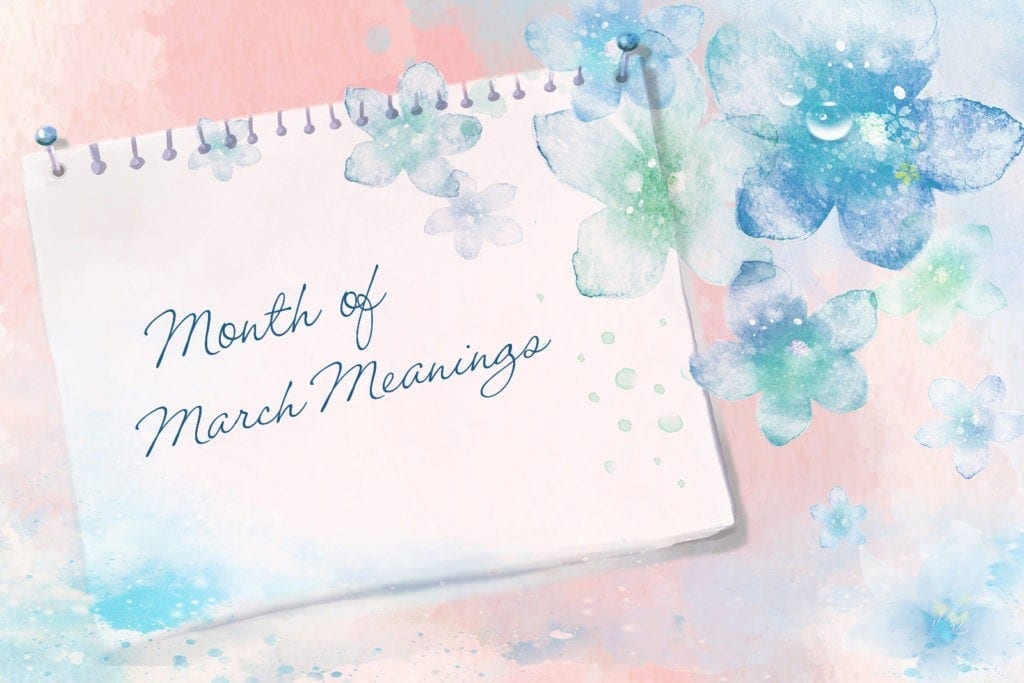
Closing Thoughts on the Meaning of the Month of March
I hope you have enjoyed these random thoughts on March meaning and symbolism. Of course, there are tons more symbolic fun to be had in the month of March. Start Googling, or visit your local library for more fantastic insights this month has to offer. Also, be sure to check out the links at the end of this page for more symbolic insights. As always, happy symbolic-searching! And don’t miss our article about astrology for the month of March here.
Mighty brightly,

© Copyrighted. All Rights Reserved.
Avia’s Amazon Picks for You
Observe Every Day With These Llewellyn Amazon Selections
Other Articles of Interest on This Website
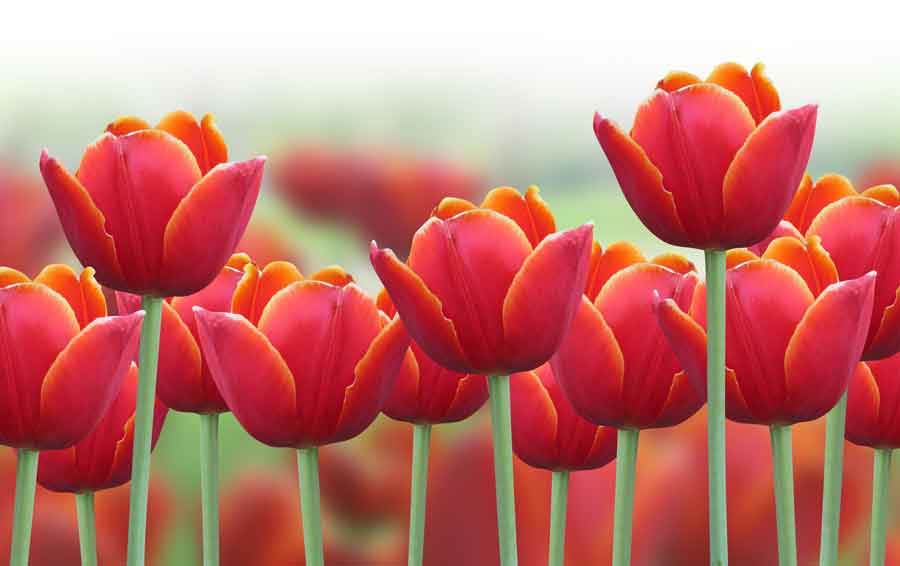
Symbolic Flower Meanings
Flowers and meanings have been the subject of conversation for as long as humankind has taken the time to behold the beauty of flowers. Symbolism is endless in flowers and meanings range from protection, to love, to warnings, to wealth. Get more flower meanings here.

Symbolic Meaning of Trees
Trees invite us to absorb their essence entirely, and we do this by tapping into their infinite branches of energies. Tree symbolism is a way of identifying great wisdom for our daily lives. Learn more about symbolic meaning of trees here.
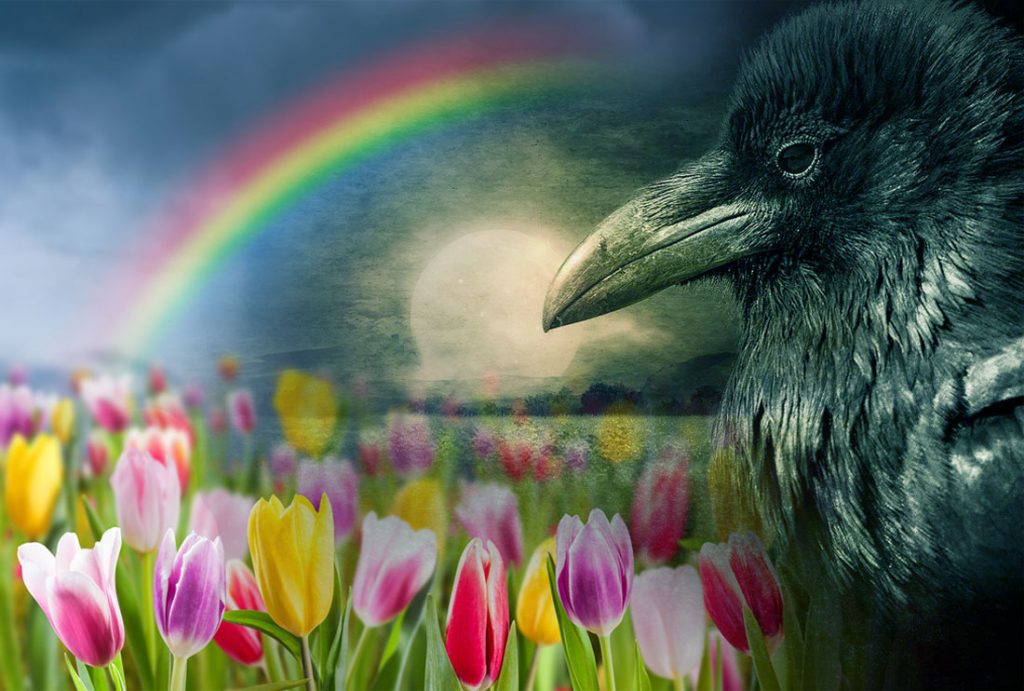
Crow Moon Meaning and the Full Moon of March
Exploring Crow Moon Meaning and the Full Moon of March: The full moon of March has peculiar and perky energy. Many cultures believe this particular moon has special powers because it illuminates and ignites the growing season in ancient agricultural societies. Get more about the March crow moon meaning here.







